Here’s How I’m Investing Each Month

I’ve maintained a long-term buy-and-hold investing strategy since about 1995. The month-to-month details have changed quite a lot over the years, but the basic principles are mostly the same:
- Invest first, spend second
- Max out tax-advantaged accounts first
- Invest in taxable accounts second
- Keep transaction costs and stock sales to a minimum
- Diversify income streams
- Always be investing
This blog began as a chronicle of my monthly investment selections when I started writing back in 2013.
A few years back, I stopped monthly and quarterly investment updates, but I continue to share semi-annual updates on my Portfolio page.
That page is a good snapshot of my total investment portfolio.
But it doesn’t share where I’m investing new money each month.
My current strategy includes monthly investments into stock and bond funds, individual stocks, and real estate crowdfunding REITs.
With every new brick I lay, my wall of financial security and financial independence grows taller and stronger. There are no shortcuts.
Here are the details of my month-to-month investing activity (or skip to the summary).
Table of Contents
Employer-Sponsored Accounts (Fidelity)
I work for a high-quality employer that invests heavily in the well-being of its employees. The company has about 10,000 workers.
Golden handcuffs bind me.
Our health and wellness benefits are incredibly generous, and the retirement investment plan is the best I’ve ever seen.
My employer uses Fidelity to administer a combined 403(b) and 401(a) retirement plan, enabling me to contribute about 17% of my salary toward retirement every year.
The combined account structure and 17% maximum (vs. a normal 15% limit) are confusing — I explain what I can here.
They also provide an employer match at about 10% of salary — awesome.
I’ve always taken a hands-off approach in workplace retirement accounts. Once I pick my funds, I let them ride.
I still own two funds from my very first job. FOCPX is up more the 1,300% since 2002. FCNTX is up 675%.
My employ provides several low-cost index fund options for investments. But last year, they removed FSKAX (total US stock market index) akin to the Vanguard VTSAX and VTI.
Employees complained about its removal, but we did not prevail.
So to get similar index coverage as FSKAX, I invest a portion of each paycheck into three separate US Fidelity stock index funds plus an international stock fund.
- FXAIX — Fidelity S&P 500 Index (25%)
- FXMDX — Fidelity Mid Cap Index (25%)
- FSSNX — Fidelity Small Cap Index (25%)
- FTIHX — Fidelity Total International Stock Index (25%)
I don’t buy bond funds in this account because I own them in a traditional IRA.
There’s a lot to love about my employer’s retirement plan. As long as I’m employed, the contributions are automatically invested without thinking about it — more than $2,000+ per month.
M1 Finance Account
I opened an M1 Finance taxable investment account when the company was just a baby in 2017.
Now it’s one of the fastest-growing fintech companies with more than $5 billion in client assets.
M1 also provides banking services like checking accounts and, soon, an ownership rewards credit card that pays you cash when you spend at companies where you own the stock.
My goal with this M1 Finance account is to create a passive dividend income stream that grows and compounds automatically. I own 25 stocks and ETFs in the portfolio, up from 10 when I first started it.
Every two weeks, I contribute $750 to this portfolio. I’ve fully automated the bank transfers.
The platform automatically puts my new money toward the pie that is most underfunded.
M1 Finance works differently than traditional brokers. You build your ideal portfolio first using pies, then fund it over time.
You can have unlimited investments and buy fractional shares of each instead of buying one stock or ETF at a time.
My M1 Finance portfolio consists of five separate pies, each with five stocks or ETFs.
Each pie makes up 20% of my portfolio, and each stock is 20% of each pie.
Four pies contain high-quality dividend growth stocks. The fifth pie has five monthly-paying tax-efficient dividend ETFs (←more info on that pie).
The whole portfolio looks like this: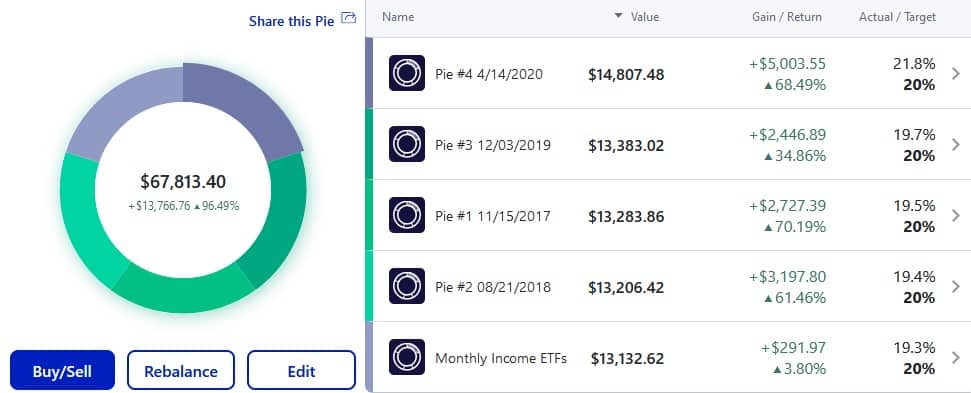
The system will fund the Monthly Income ETFs portfolio first when I make the next deposit. Then Pie #2 and so on until all $750 is invested and the pies are closer to 20% of the total portfolio.
Then within each pie, the money is invested in the most underfunded stocks.
Below is a look inside my top-performing pie, Pie #4. Since this pie is way ahead of the other four, it won’t get any new funds until the others catch up.
If I were investing directly into this pie (which you can do), money would first go to JNJ because its actual percentage is far below its target.
Dividends reinvest right back into the portfolio once the cash balance hits $25 or more.
The $750 investment is made at the same time twice a month, making it easy to dollar cost average funds into the portfolio.
The JNJ actual vs. target percent illustrates one minor issue with the way I have it set up.
JNJ will not get new funds until the other pies catch up. When they do, the algorithm will fund JNJ first in Pie #4.
There are workarounds to combine pies. But I’m waiting for the functionality to be implemented.
Once the “merge pies” functionality is added, I’ll combine the four stock pies and make that 80% of my portfolio. Then keep the muni-bond monthly income pie at 20%.
I’m always weighing adding more stocks, ETFs, and pies, but I’m comfortable with 25 holdings for now. If needed, I’ll swap out lousy stocks for better ones.
Read my full M1 Finance review here.
Fidelity Individual Investment Account (Dividend Growth)
My Fidelity dividend growth portfolio has been in the making since 1995.
I transferred all previous DRIP accounts into a TD Ameritrade account a few years back, then transferred my TD Ameritrade account into Fidelity in 2018 to have most of my money with one broker.
This account holds the majority of my non-retirement investment money.
I’m not currently adding new funds to the account, but it generates close to $1,000 in dividends every month. Once my cash gets to about $1,500, I invest funds into one stock or ETF. But I’m considering adding $1,000 per month in the future.
Usually, I buy what I deem to be an undervalued dividend growth stock at the time of purchase, often using my Dividend Aristocrats ranking system.
Since the portfolio holds about 50 stocks, I aim to add to my existing holdings instead of buying new ones.
This helps to maintain a reasonable number of stocks to follow. I’d rather own more shares of stocks I already like at this stage.
There is some overlap between my M1 Finance and Fidelity accounts. Many of my M1 stocks are perpetually overvalued (best of breed), so I dollar-cost average instead of waiting for a pullback that never happens.
This portfolio is the core of my dividend growth strategy, building a dividend income stream to fund retirement spending.
Recent buys: PFE, BMY, VZ
Fundrise Real Estate Crowdfunding
I started investing on the Fundrise real estate crowdfunding platform back in 2017 when I became aware of it.
Fundrise enables ordinary investors to buy high-quality commercial and multi-family residential properties for as little as $10.
Just sign up, pick an investment strategy, and connect your bank account. Fundrise allocates your deposits automatically.
Since 2017, I’ve earned annualized returns of 12.7% (weighted average).
I’ve invested almost $13,000 into the platform. My account is now worth more than $18,000.
My only regret is I didn’t invest more in the early days. I stopped investing when I hit $10,000 and let that ride for a while. Then added more in 2019 and again this year.
I’ve decided to add $500 per month to my Fundrise portfolio from now on using automated deposits and investment allocations.
My account is set to the Balanced Portfolio, so when I add money or receive dividends, Fundrise automatically allocates my funds into the suggested eREITs. My portfolio of eREITs gives me a slice of ownership in almost 100 different real estate investments.
Fundrise has moved away from self-directed eREIT investing. I can still do it, but it’s more efficient for the company to allocate funds for me.
Regulations have always hindered Fundrise’s capacity to innovate. But a new fund called the Interval Fund (an eREIT) is not limited in size by the SEC. All of the older funds were capped at $50 million.
To learn more about Fundrise, read my comprehensive Fundrise review.
Please note: This is a testimonial in partnership with Fundrise. We earn a commission from partner links on RetireBeforeDad.com. All opinions are my own.
Notable Other Investments
I want to mention two other notable investment areas that I don’t invest new money into every month but are still a significant part of my investment activities.
IRAs
Between myself and Mrs. RBD, we have five separate IRA accounts.
She has a traditional IRA rolled over from a previous employer and a Roth IRA we started years ago.
I also have a traditional IRA and Roth IRA, plus a SEP IRA for business profits.
Four of these IRA accounts are on automation mode, with simple allocations into index stock and bond mutual funds. We invest new money into existing holdings, and all distributions are reinvested.
The fifth IRA, my traditional IRA that was a rollover from a former employer, is where I do a bit of speculative investing.
As detailed in a post called Growth Stocks vs. Dividend Stocks, I invest a small portion of my overall net worth into speculative growth stocks.
These are disruptive companies in high-growth phases. Many appear to be overvalued and are often volatile. So it takes some fortitude to buy-and-hold — but the returns are worth it.
I’m still primarily invested in index mutual funds this IRA, but every month I buy one or two speculative investments with about $2,000 to $5,000. I own about 20 speculative growth stocks and don’t plan to go higher than 25.
Some of these investment ideas come from The Motley Fool Stock Advisor and Rule Breakers newsletter services, and others come from my own research and finding investable trends.
I don’t add new money into this IRA every month, but I occasionally sell mutual fund holdings to free up cash to invest in growth stocks.
My growth stock portfolio is outperforming my index funds, so individual stocks are becoming a larger portion of my portfolio than I originally intended.
Recent buys: DXCM, HOOD, BYND
Virginia 529 College Savings
My oldest child is nine. I invested $300 per month into his Virginia 529 account for the first eight years of his life.
But in January 2021, I decided to start front-loading all of our college savings investment funds.
So instead of investing $300 per month per kid (three kids), I invest the maximum for each kid in early January.
That’s $12,000 total.
There are a few Vanguard stock index funds available, so I just invest in those to keep it simple.
Why front-load? Two reasons.
- Consistent January investing is more likely to outperform monthly investing (money invested earlier will rise and compound more over time).
- It simplifies my finances. One investment per kid instead of twelve is just easier to transact.
That said, I “put $1,000 aside” every month in a spreadsheet tab where I plan for future expenses. So come January, the money is available.
Summary
Employer-Sponsored (403(b), 401(a))
Total Monthly Amount: $2,000+
Investments: FXAIX, FXMDX, FSSNX, FTIHX
Frequency: Every other Friday
M1 Finance Dividend Growth Portfolio
Total Monthly Amount: $1,500 + dividends
Investments: 20 stocks, 5 ETFs (muni bonds, preferred stock)
Frequency: Every other Wednesday
Fidelity Dividend Growth Portfolio
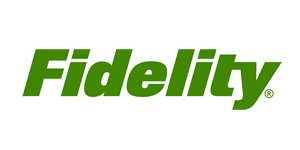 Total Monthly Amount: ~$1,000 (dividend income)
Total Monthly Amount: ~$1,000 (dividend income)
Investments: Undervalued dividend growth stocks
Frequency: One stock per month
Fundrise Real Estate Crowdfunding
Total Monthly Amount: ~$500 + quarterly dividends
Investments: Diversified eREITs
Frequency: Once a month
Conclusion
Total up all of those investments, and it’s more than $5,000 of investments per month. Most of the money goes into the stock market.
That number surprised me!
A few things to keep in mind.
- When the stock market falls, my net worth will tumble. But my investment horizon is more than ten years, so I will hold through turmoil and buy more.
- I max out my workplace retirement plan. I could take home more money but opt to invest for my future and reduce my tax burden. There’s also an incredibly generous employer match, which is a major reason why I still work there.
- I’m not cash-flowing $5,000+ each month (salary minus spending). My salary isn’t that high, and kids and housing are expensive. A portion of investment dollars come from dividends resulting from decades of investing. I also tap savings and proceeds from my condo sale to invest alongside excess cash flow.
- Two months per year have three pay periods. Those months are bigger.
- This is what I do. It’s probably not what you should do since you have a different financial situation than me. Evaluate your situation decide what specific investment strategy is best for you.
And that’s all. I’ve reduced sharing these kinds of updates over the years for various reasons. But readers still seem most interested where I share details of my investing and portfolio.
I’m not a professional investor — just a guy who writes words on the internet and does not give investment advice.
Photo credit: iStock.com/Bogdanhoda used under license.
Disclosure: The author is long all stocks mentioned in this article.

Craig is a former IT professional who left his 19-year career to be a full-time finance writer. A DIY investor since 1995, he started Retire Before Dad in 2013 as a creative outlet to share his investment portfolios. Craig studied Finance at Michigan State University and lives in Northern Virginia with his wife and three children. Read more.
Favorite tools and investment services right now:
Sure Dividend — A reliable stock newsletter for DIY retirement investors. (review)
Fundrise — Simple real estate and venture capital investing for as little as $10. (review)
NewRetirement — Spreadsheets are insufficient. Get serious about planning for retirement. (review)
M1 Finance — A top online broker for long-term investors and dividend reinvestment. (review)

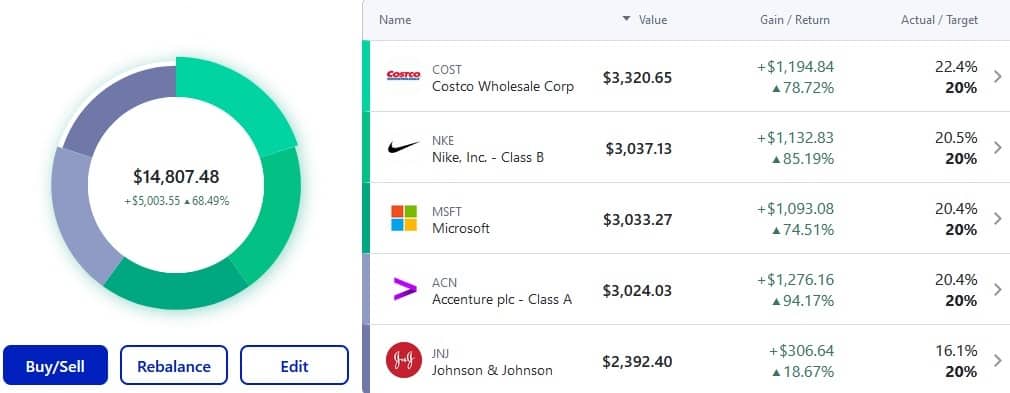
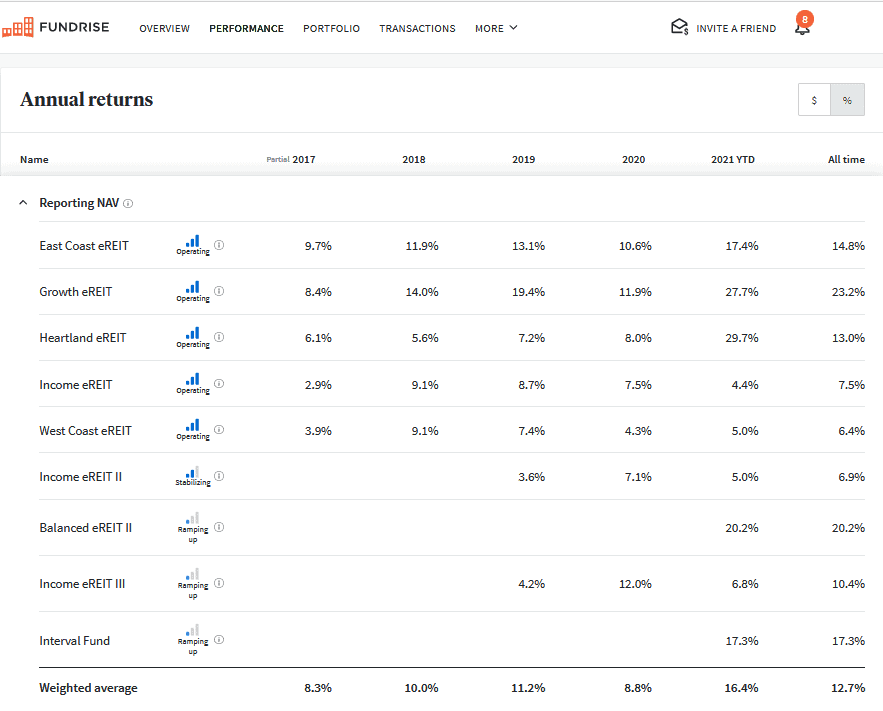
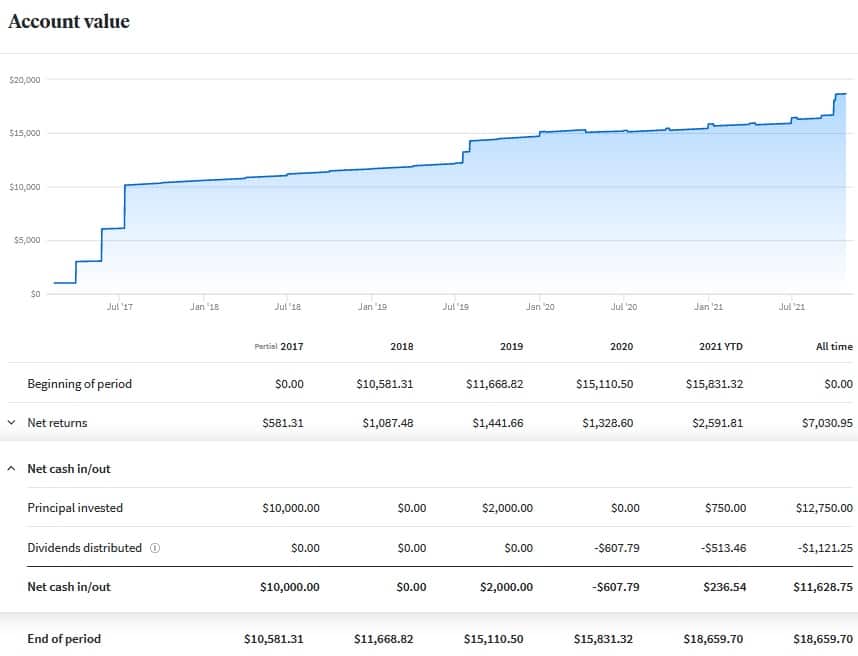

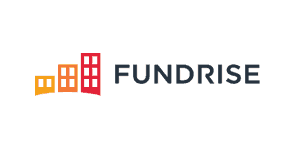
RBD, you did it again. You ARE the reason I got into aristocrat stock investing. I’ve really pumped that up and made other changes like contributing the allowable max to HSA and 401k. Thanks to you and reading and focusing on wealth building, my portfolio has transformed. I’m 60 and retirement in about 7 years will be very sweet. Thank you!!
Thanks for the kind words, Nancy. Always nice to hear from you.
I followed your Fundrise suggestion in 2017 and am currently enjoying a 19% weighted average return. My account is set to Long Term Growth. I’m only working part-time right now so I’m not investing as much as I want too, but I’ll be back full time in the near future (maybe lol).Thank you for sharing all this great information!
Good to hear about your Fundrise returns. There’s a big uptick this year following the national trends. My portfolio is not a huge investment (yet), but it’s satisfying to participate in real estate appreciation other than my home.
Thanks for this sneak peak. I’d consider the decision logic underpinning the bigger financial picture a super interesting read. [Something that contextualizes where you’re at in your career/working horizon/FIRE number and how it impacts where you’re investing and with what/how much you’re investing in those spots…how it’s changed over time according to season of life/career arc/time horizon until retirement and how you expect that logic to change as you get closer to retirement. You mentioned bonds in the traditional IRA and speculative growth stocks in the traditional IRA, etc. — the tax/financial planning logic behind that and how it fits in your financial framework decision making would be interesting to me.]
Congrats on the good work preparing for the future! Are you eying up real estate again or content with the fundrise option?
[I recently splurged on a Canon R6 and am eying up Peru and Chile…first time I’ve considered an international trip since 2014. Learning to splurge every now and then feels appropriate.]
I try not to overthink things. I invest every month, directing my funds toward pre-determined investments for the most part, except for the individual stocks I buy from time to time. This overall picture will change over time, but probably not much over the next twelve months.
As for bonds, I buy muni-bond ETFs in my taxable accounts to reduce tax burden. The bond funds in my traditional IRA are large Fidelity index bond funds. I use the trad IRA because that’s where the most money is. Instead of DCA into bond funds with my 403(b), the IRA which enables me to achieve my desired asset allocation with one or two purchases. In other words, if I want bonds to be 10% of my total portfolio, that might take a $25,000-$50,000+ portfolio adjustment. There’s enough money in that account to make it happen. I buy the growth stocks in that account for the same reason, that’s where the most money is. As for real estate, I would consider a local single family rental at the right price. But the price isn’t close to right at the moment.
Exciting to hear about your travel ambitions. Our next big trip is probably Disneyworld, not as exciting as Peru and Chile. Send me an email if you have any questions about either place. I was in both a long time ago, but covered a lot of ground when I was there.
Can you confirm – do you have 20-25 stocks in each of your accounts at M1 Finance and Fidelity? Seems like alot of stocks to manage at once. Just curious if you find it a challenge to manage that many? Do you have an update of your 2021 list of each stock you are invested?
I own about 75 individual stocks total. It is a lot to keep up with, but I enjoy that and it keeps me well diversified in addition to ETFs. I use Seeking Alpha alerts for news. Most of these stocks I plan to hold for decades, so I keep an eye out for problematic news and quarterly earnings more than day to day. For growth stocks, I rely on the Motley Fool services for important updates. I am not sharing a complete stock list like I used to. It takes additional website maintenance and reader inquiries about it. So I’ve removed it. Threw in a few in this post to give some context.